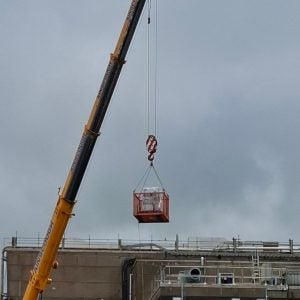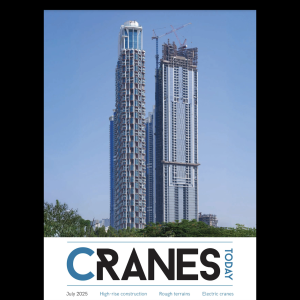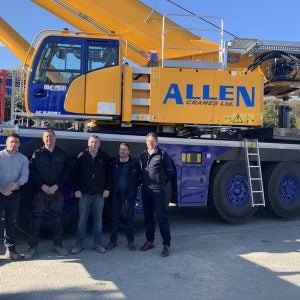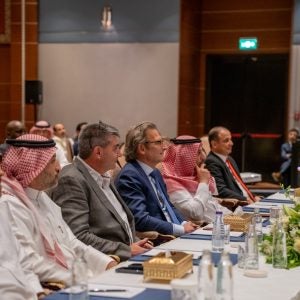Credit: Photocome

Beijing’s main Olympic stadium, dubbed The Bird’s Nest
During construction, the crisscrossed interwoven steel roof construction of the bird’s nest roof was supported by 78 temporary steel columns. For additional stability, the huge ‘twigs’ were welded onto the supports. After completion of the bird’s nets construction the ‘twigs’ had to be cut off the support piers, before dismantling of the piers could start.

Enerpac cylinders supporting the Bird’s Nest
In most western countries, cranes would have been hired to do the lifting job while welders would cut off the welds off the 78 supports laid during construction. However, due to the extreme high cost of hiring a number of 800-ton cranes for several days in China, a smarter and less expensive solution needed to be found. Key pre-requisites to the entire cutting-operation were safety, control, stability and cost.

Enerpac hydraulic systems on each of the 30 piers of the inner ring.
Basically the disconnecting and dismantling process of the temporary supports comes down to synchronically and fully controlled lifting the structure of its supports, cutting the welds, followed by controlled and synchronized stage-lowering to allow the removal of the 50mm-thick levelling plates that were used during construction. Computer-controlled hydraulics is the perfect match for jobs like this, and Enerpac was granted the contract to perform the stage lifting and lowering of the roof.

View of a support tower
The entire configuration including the central computer, satellite computer-controllers, 156 double-acting high-pressure hydraulic cylinders and 55 electronically controlled hydraulic power units was specified and custom designed by Enerpac. For added safety, control and accuracy, multi-functional valves, load sensors, stroke sensors, shift detection and a digital feedback system were integrated.

Cutting the ‘twigs’ from the temporary supports.
The design of the bird’s nest is based on three construction circles; an outer circle, a central circle and an inner circle. Each circle has a specific number of supporting piers, varying from 24 for the outer and central circles and 30 for the inner circle. For load, control and accuracy reasons the 78 support points including their hydraulic systems are divided into 10 regions, each of which with its own satellite controller. For the actual stage lifting and lowering process each support pier is equipped with two 150-ton double-acting cylinders. At the central computer all load and stroke data are pre-programmed for a fully controlled lifting and lowering process. During the stage lowering process the bird’s nest is alternatively supported by the hydraulic cylinders and the leveling plates on the temporary supports.
After successful disconnecting the 45.000 ton steel structure from its temporary support piers, last year November, the bird’s nest stood on its own “feet” for the first time.
Sign up for our weekly news round-up!
Give your business an edge with our leading Cranes Today.











